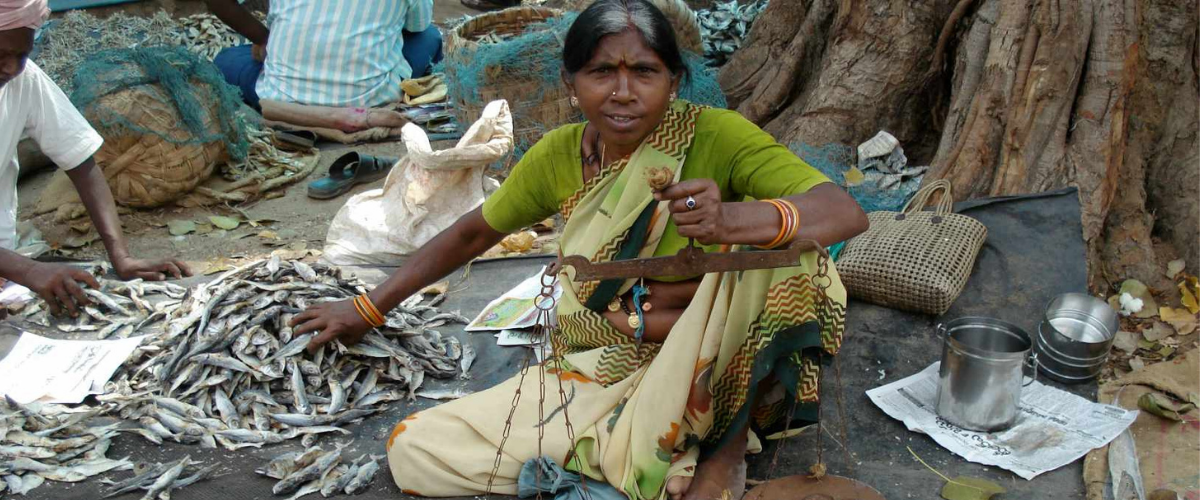This excerpt is from an article by Stockholm Resilience Centre. The article highlights research led by Patrik Henriksson and Max Troell (from the Blue Food Assessment) which says we need to improve the productivity and environmental performance of affordable and accessible aquatic species. Read the full article here.
Forget smoked salmon and Russian caviar—aquatic “blue foods” have huge potential as an affordable and sustainable source of nutrition for millions of low-income households around the world. But conversations around increasing aquatic food production often focus on exactly those species, environments, and ambitious hi-tech solutions that will benefit the privileged few.
A new perspective in One Earth led by centre researcher Patrik Henriksson and Max Troell with colleagues, argues that greater attention should be paid to improving the productivity and environmental performance of affordable and accessible aquatic species.
The study details a range of available intervention and investment areas that would significantly and sustainably boost production of these nutritious foods.

“Aquatic foods alone cannot ensure future food security but, if developed thoughtfully, they can play a greater role in alleviating the current food system’s environmental pressures on the planet.”
Max Troell, The Beijer Institute, Royal Swedish Academy of Sciences, Stockholm Resilience Centre
Read the full article by the Stockholm Resilience Centre here
